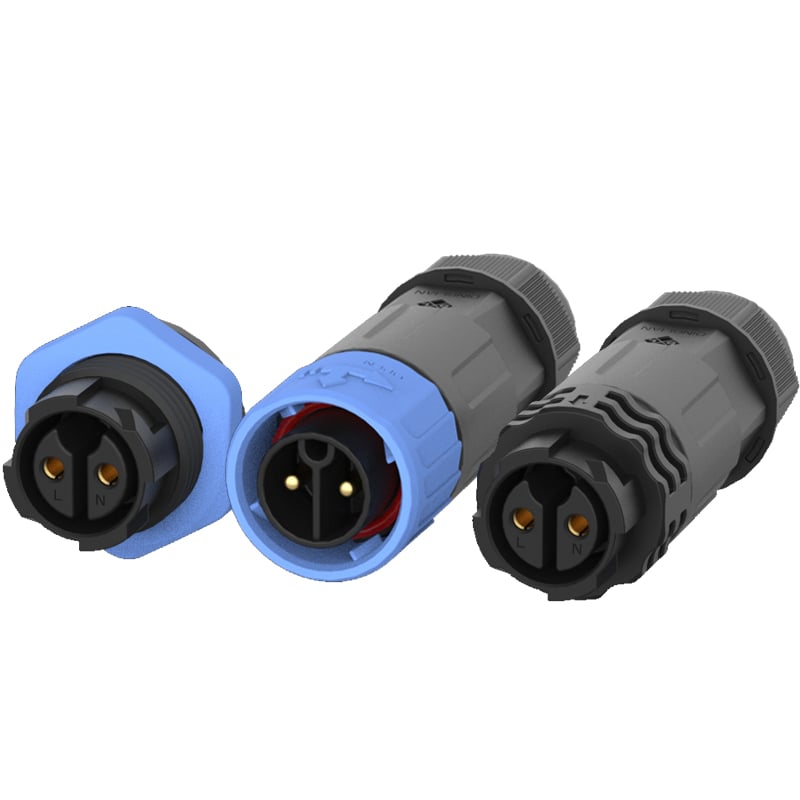Understanding the Pogo Pin Connector
If you are a proud owner of a tablet or a smartphone, you must have heard about the pogo pin connector. But, do you know what it is and how it works? This article will give you insights into this crucial element of modern gadgets and its functionality.
What is a Pogo Pin Connector?
A pogo pin connector, also known as spring-loaded connector, is a type of electrical connector that uses pins that are spring-loaded to make an electrical connection. A pogo pin connector consists of two parts, the female side and the male side. The female side contains the contact pads while the male side includes the spring-loaded pins. One of the popular uses of pogo pin connectors are for charging docks, where the docking station connects to the tablet using the pogo pins. This type of connector is commonly utilized in mobile devices such as tablets and smartphones because of its compact size and reliability.
How Does a Pogo Pin Connector Work?
This connector has an easy mechanism for connection and disconnection. The pins are designed to make contact with the contact pads of the female connector when the male connector is inserted into it. When it is pulled out, the pins retract due to the spring tension. The advantage of using a pogo pin connector is that it does not have any moving parts like the traditional connectors. This makes it more reliable and resistant to wear and tear in the long run.
Advantages of Using a Pogo Pin Connector on a Tablet
The use of a pogo pin connector has various benefits for a tablet user. Firstly, this type of connector allows for faster and more efficient charging as compared to other types of connectors. Secondly, it reduces the number of ports on the tablet, making it more compact and lightweight. Additionally, since the connectors do not have metal parts touching metal parts, oxidation and corrosion are reduced, which helps in maintaining durability and reliability.
Disadvantages of a Pogo Pin Connector
While pogo pin connectors present an efficient and reliable option, there are a few disadvantages to consider. This type of connector can be costly to produce, and since they are not readily available in the market, they are usually custom-made. Also, the spring-loaded pins may fail over time, which could cause a connection issue. In such cases, replacement of the connector may be necessary.
Types of Pogo Pin Connectors
There are different types of pogo pin connectors, depending on their use and operating environment. Some of the variations include spring-loaded pins with plastic caps, double-ended pogo pins, coaxial pogo pins, among others. The choice of connector depends on the end-user's requirement and the device's function.
Pogo Pin Connectors and Durability
Mobile devices, especially tablets, are used regularly and carried around frequently. Thus, it is essential that the connectors can withstand physical wear and tear. Pogo pin connectors offer a more robust, resilient, and durable solution compared to traditional connectors, making them a popular choice for smartphones and tablets.
Future of Pogo Pin Connectors
Pogo pin connectors have gained popularity over the years and have become an integral part of modern gadgets. With the increasing demand for more compact and larger battery capacities in mobile devices, the use of pogo pin connectors is expected to increase its demand in the near future. Hence, this type of connector is likely to remain vital in the field of mobile device connectivity for years to come.
Conclusion
In conclusion, a pogo pin connector is a vital part of modern-day mobile devices such as tablets. Its unique mechanism and compactness make it an efficient, reliable, and durable solution for connector needs. While it may have a few drawbacks, the pogo pin connector has proven its worth in terms of its functionality and is expected to remain a crucial element in the field of connectivity.

